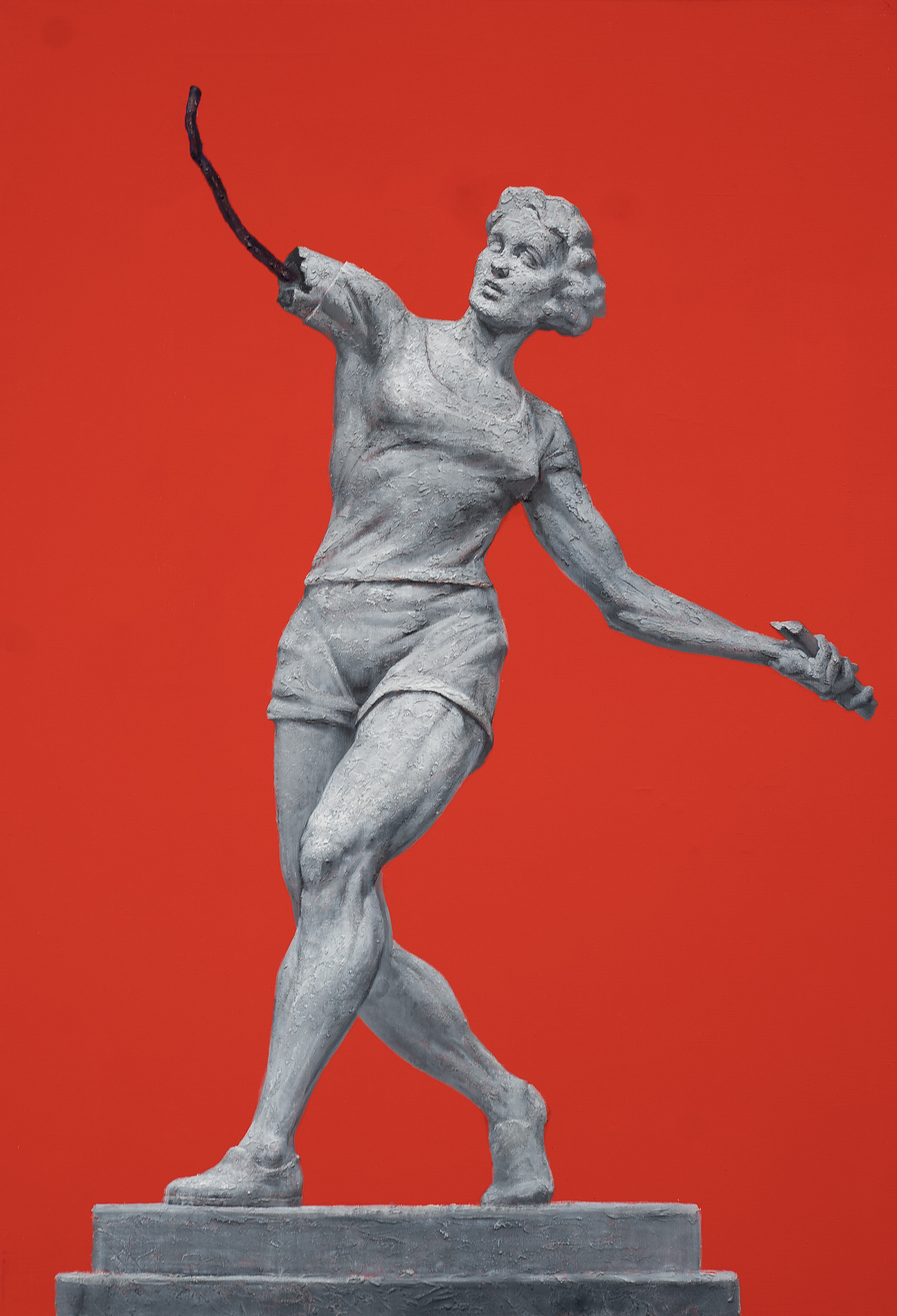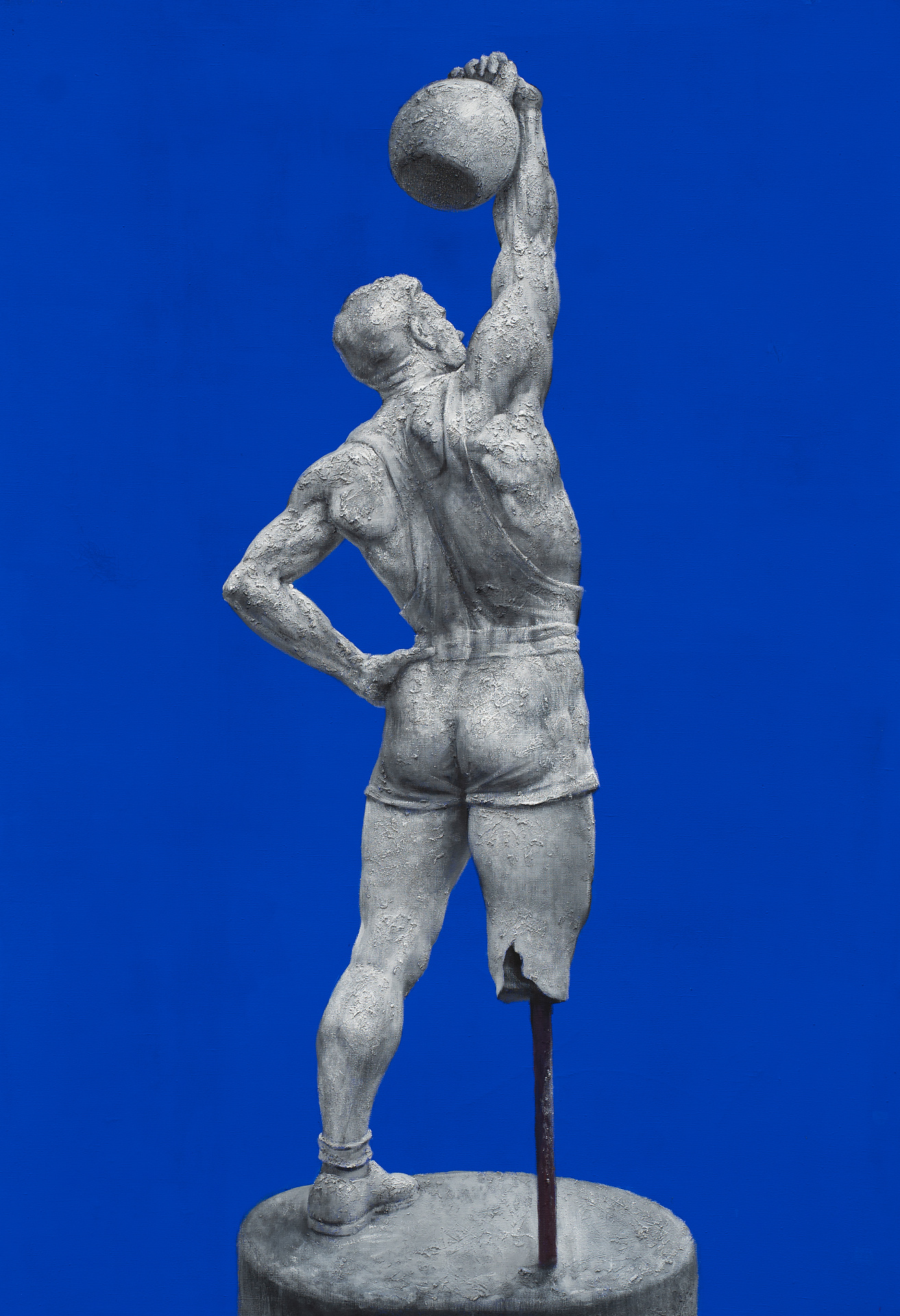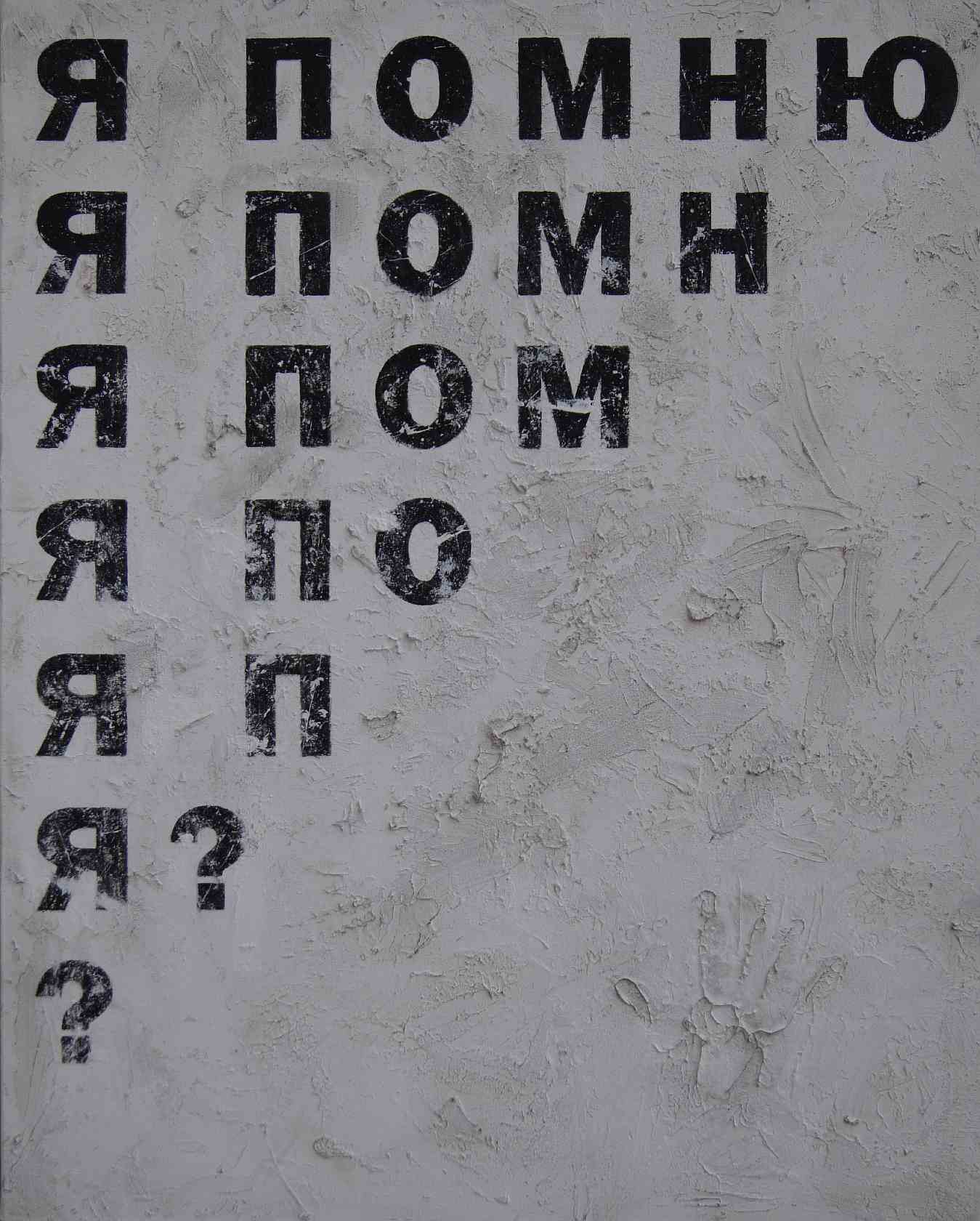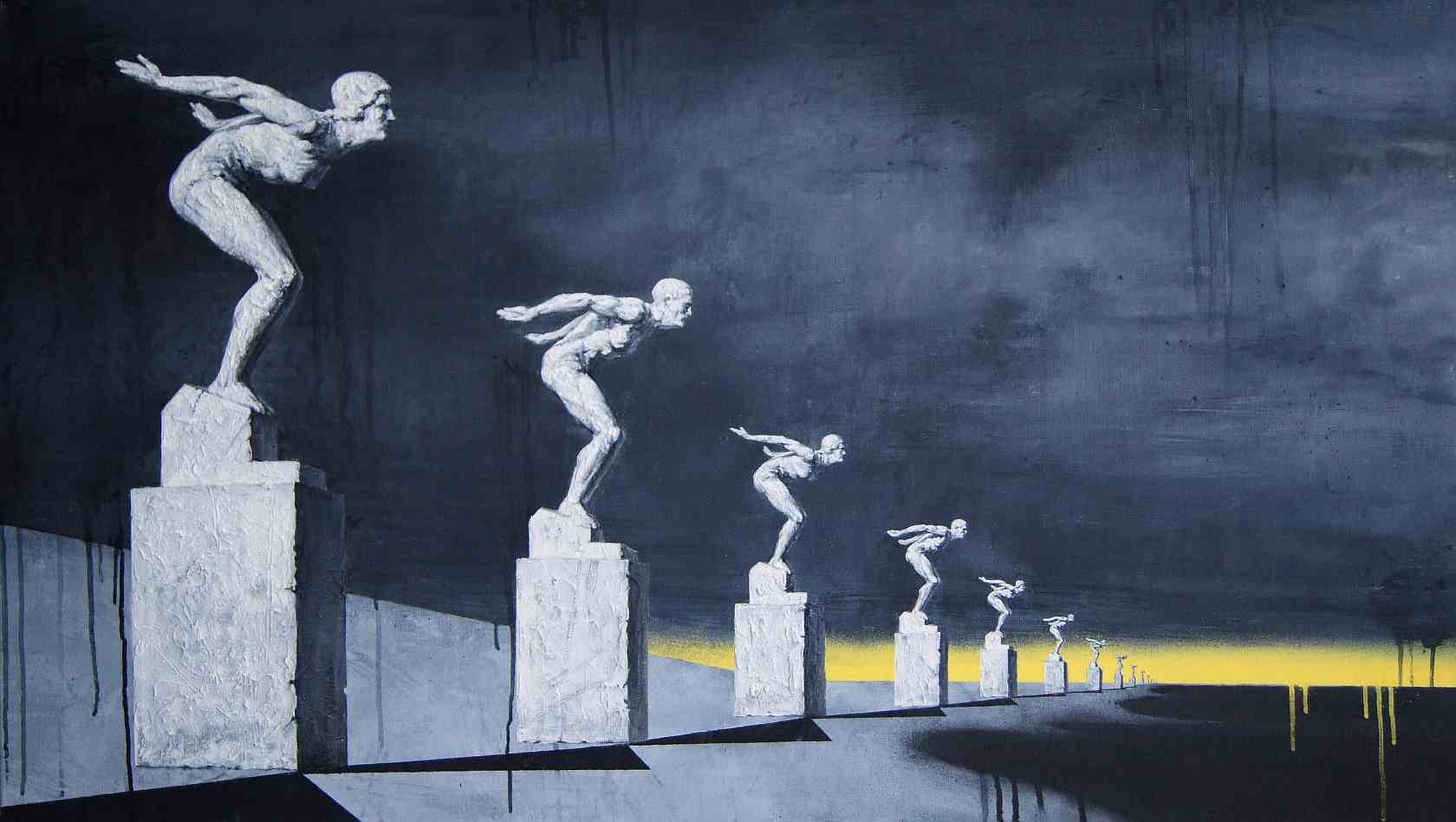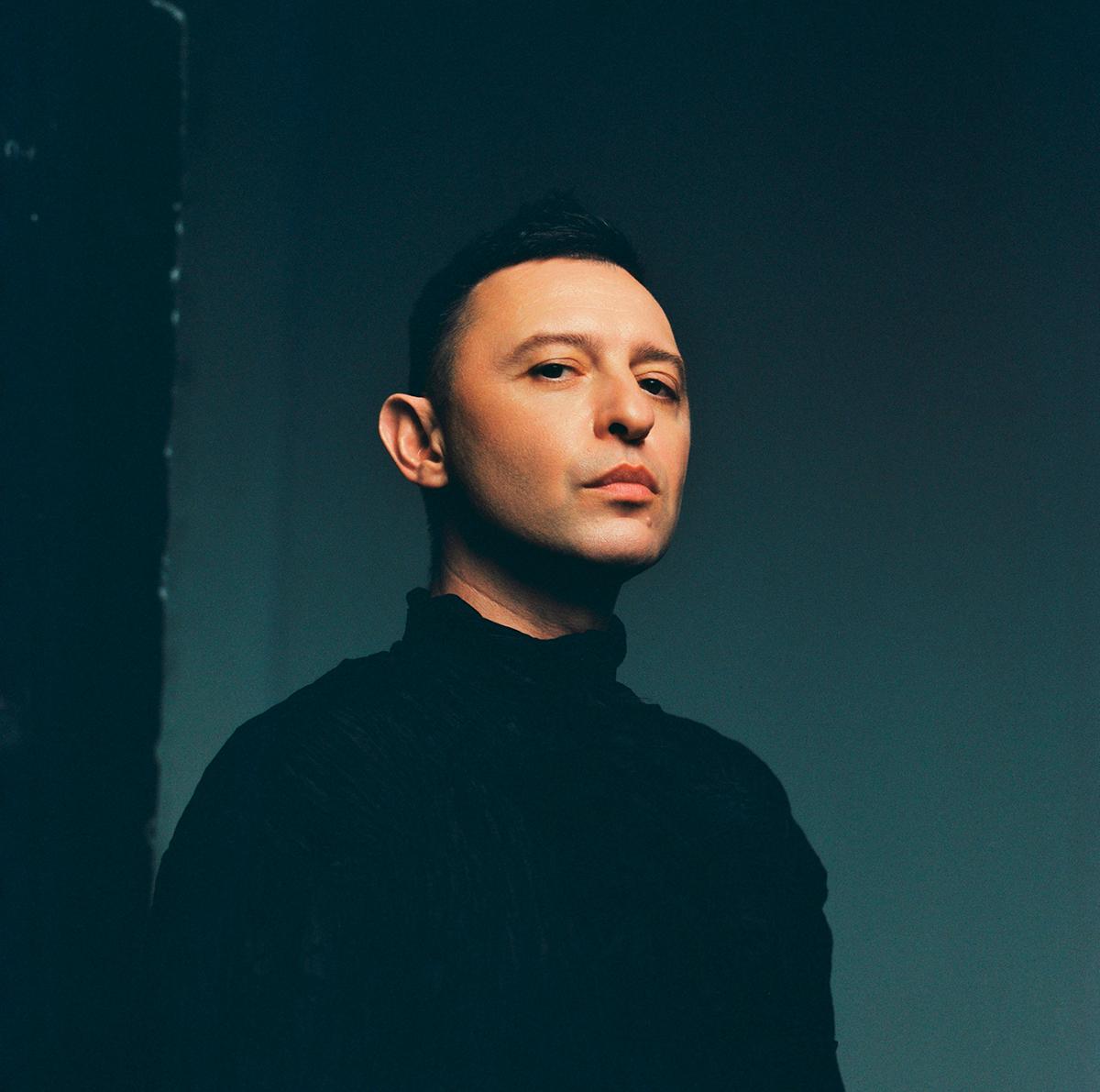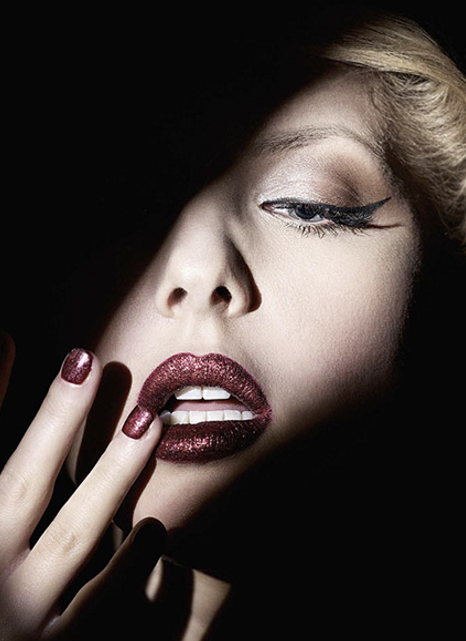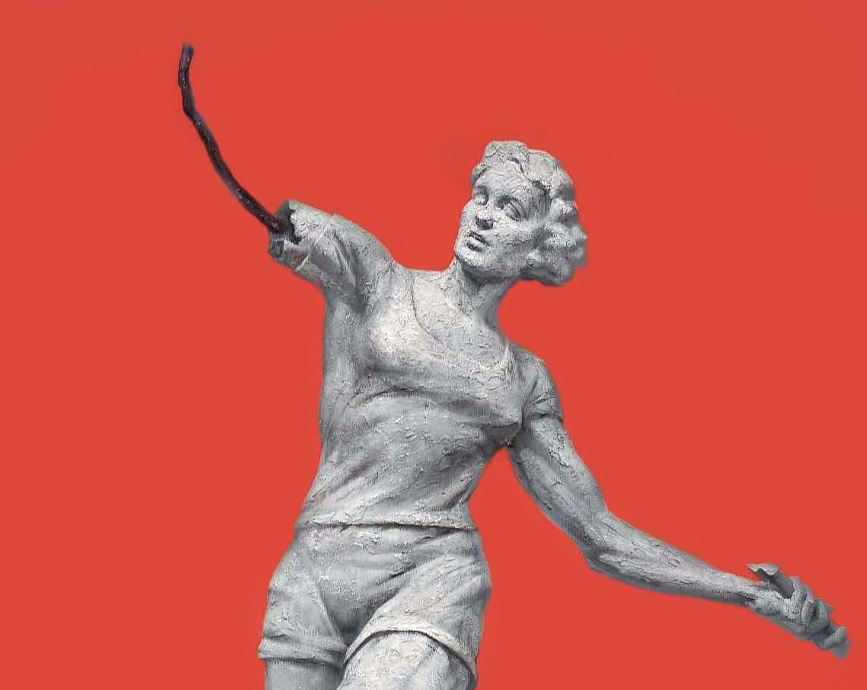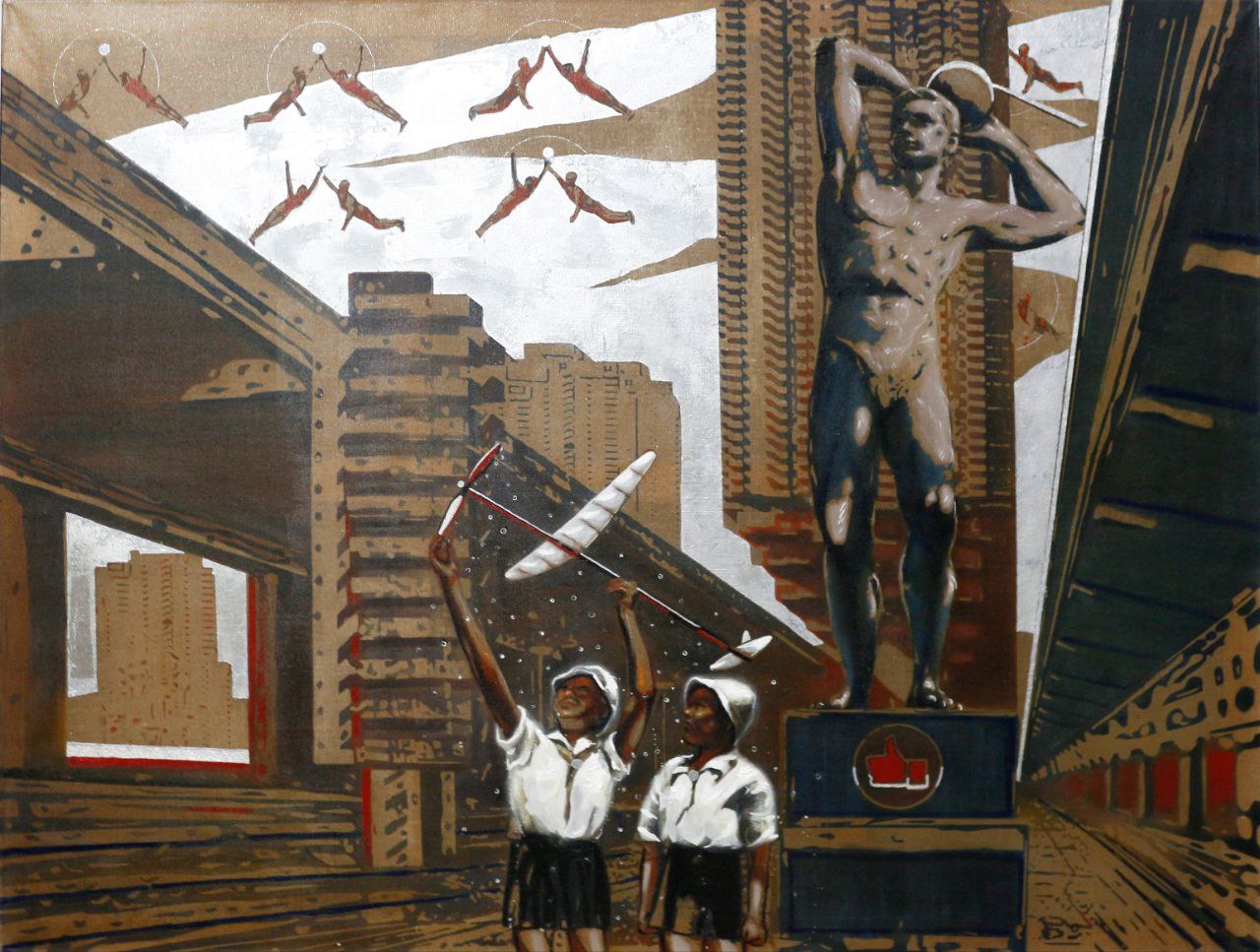Erarta Museum of Contemporary Art presents an exhibition by Maxim Korolkov whose art celebrates human invincibility and moral strength
-
Canvases from the Strong People series, a visual homage to athletes with disabilities, as well as other paintings
-
A poignant show exploring the subject of time, equally capable of destroying and uniting all things
-
Powerful and visually striking imagery with life-affirming undertones
Maxim Korolkov is a classically trained artist with a diploma of the St. Petersburg Repin Academy of Arts. Following graduation, he took a long break from visual arts to explore the possibilities of theatre and acting, but eventually returned to painting, creating the Strong People series. Conceived back in his student years after reading Rubén Gallego’s autobiographical White on Black recounting the life in a Soviet orphanage of a child born with cerebral palsy, the series celebrates athletes with disabilities. Considering that the crumbling sculptures are always painted against a bright, life-affirming background, one can deduce that the artist treats the challenging subject in a reassuring way, creating a powerful homage to human invincibility and moral strength.
The first sculptures of athletes appeared in Ancient Greece, traditionally erected at the sites of sporting competitions. Classical heritage was revived in the USSR during the 1930s–1940s: the sportsmen’s physical perfection was supposed to serve as a reference for the archetypal ‘new Soviet man,’ and such sculptures popped up in public parks and recreational areas all across the country. However, unlike their nude Greek models, Soviet monuments were modestly clad in sports uniforms. As for the handicapped athletes, their very existence in the Soviet Union took a long while to be officially recognised: although the Paralympic Games are being held internationally since 1960, Soviet team first took part in them only in 1988.
The first artwork in the Strong People series was the Girl with an Oar. The mass-produced Soviet sculpture appears dilapidated, with rebars sticking out of it like leg bones or prosthetic devices. It seems that the girl looks at the viewers who firmly stand on their feet in a reproachful and defiant way.
The history of the sculpture whose title became a generic name is an intricate reflection of Soviet ideology. Its plaster replicas were seen in virtually all parks of the former USSR and for a long time were believed to reproduce the work by the famous Soviet sculptor Ivan Shadr that had graced a fountain in the Moscow Gorky Park until the mid-1950s. The statue of a long-legged female athlete was intended not only as a piece of monumental propaganda of sports, but as a symbol of the equality of women in the Soviet Union. However, many considered its nudity too provocative. In 1936, another Soviet sculptor Romuald Iodko created his own version of the Girl with an Oar, this time more heavily built and clad in a swimsuit. It is this variation that was mass-produced and disseminated, and finally ended up in Maxim Korolkov’s painting. All the other characters in the series also have their Soviet-made prototypes.
An important thing to be mentioned is that plaster is an extremely fragile and weather-aging material. By the early 1990s, the darkened and crumbling sculptures were seen everywhere: their multiple ‘handicaps’ gave the artist the idea for his strikingly moving images.
A superheroine featured in another series of paintings, The Famous Sand Trench Coat, is Munira Enikeyeva, child survivor of the siege of Leningrad who ultimately lived to the age of 88. Infatuated with cinema and dreaming of an acting career, she became a film actress only towards the end of her life by taking part in the filmmaking experiments of her grandson.
Maxim Korolkov once wrote: ‘The power of time . . . What is to be done about time, and what shall time do to us?’ Time is the recurring subject of the show, equally capable of destroying and uniting all things.

Maxim Korolkov was born in 1990 in Verkhnyaya Tura, Sverdlovsk Oblast, and graduated from the Ivan Shadr Sverdlovsk Art College in Yekaterinburg and the Painting Department of the St. Petersburg Repin Academy of Arts in 2012 and 2018 respectively. The artist currently lives and works in St. Petersburg.

